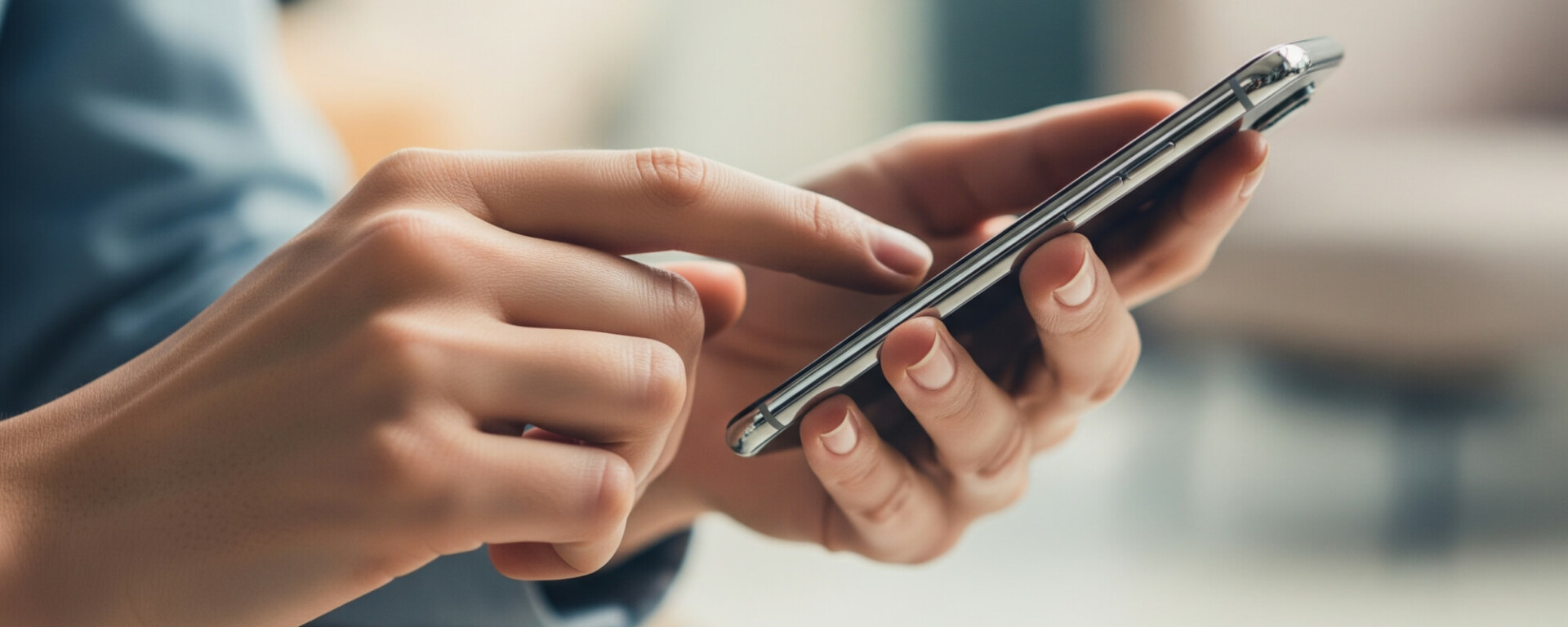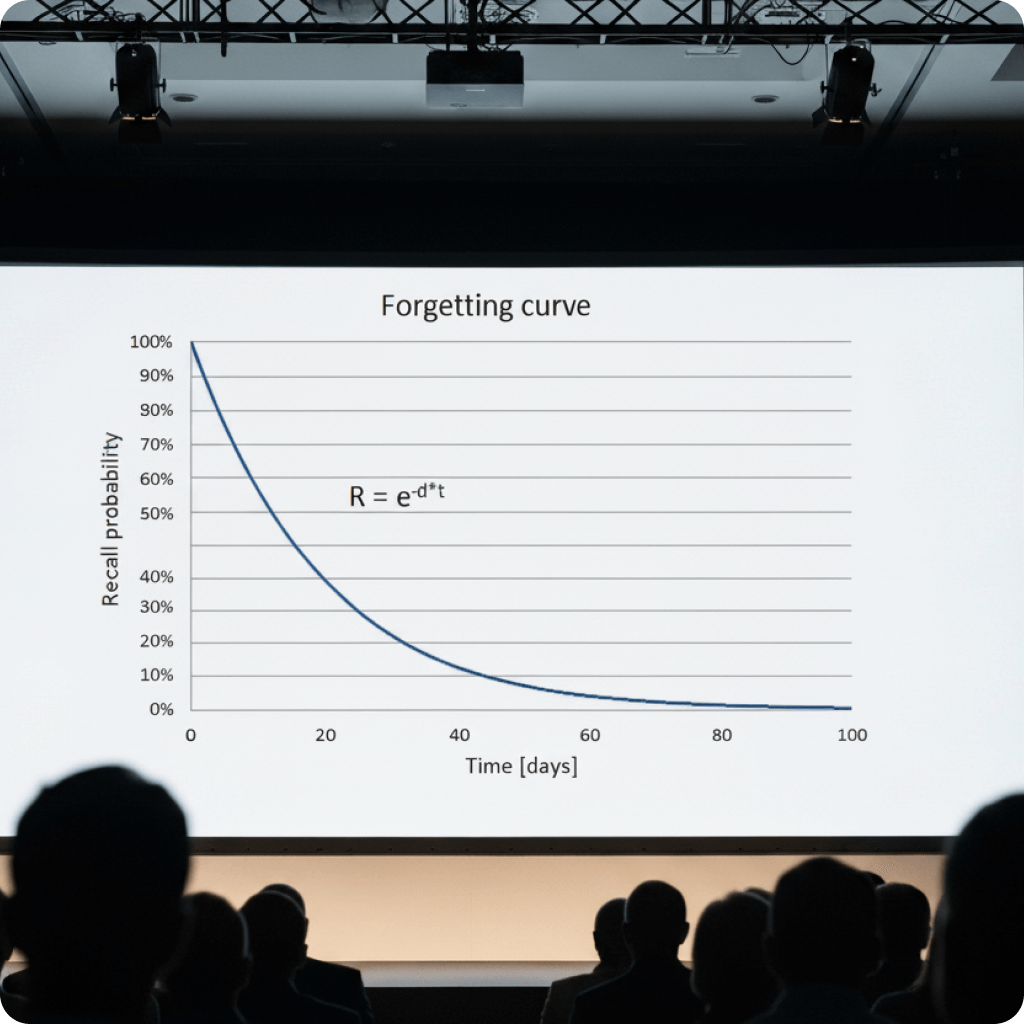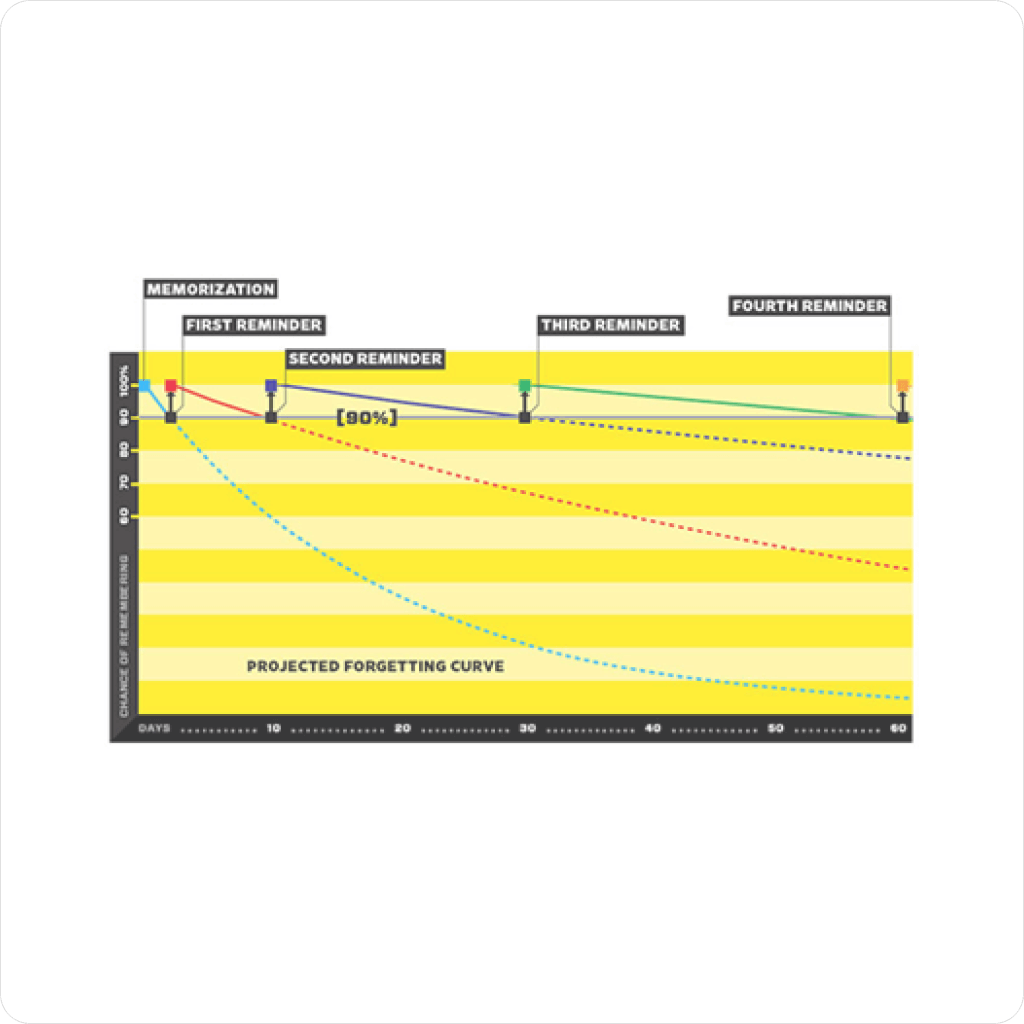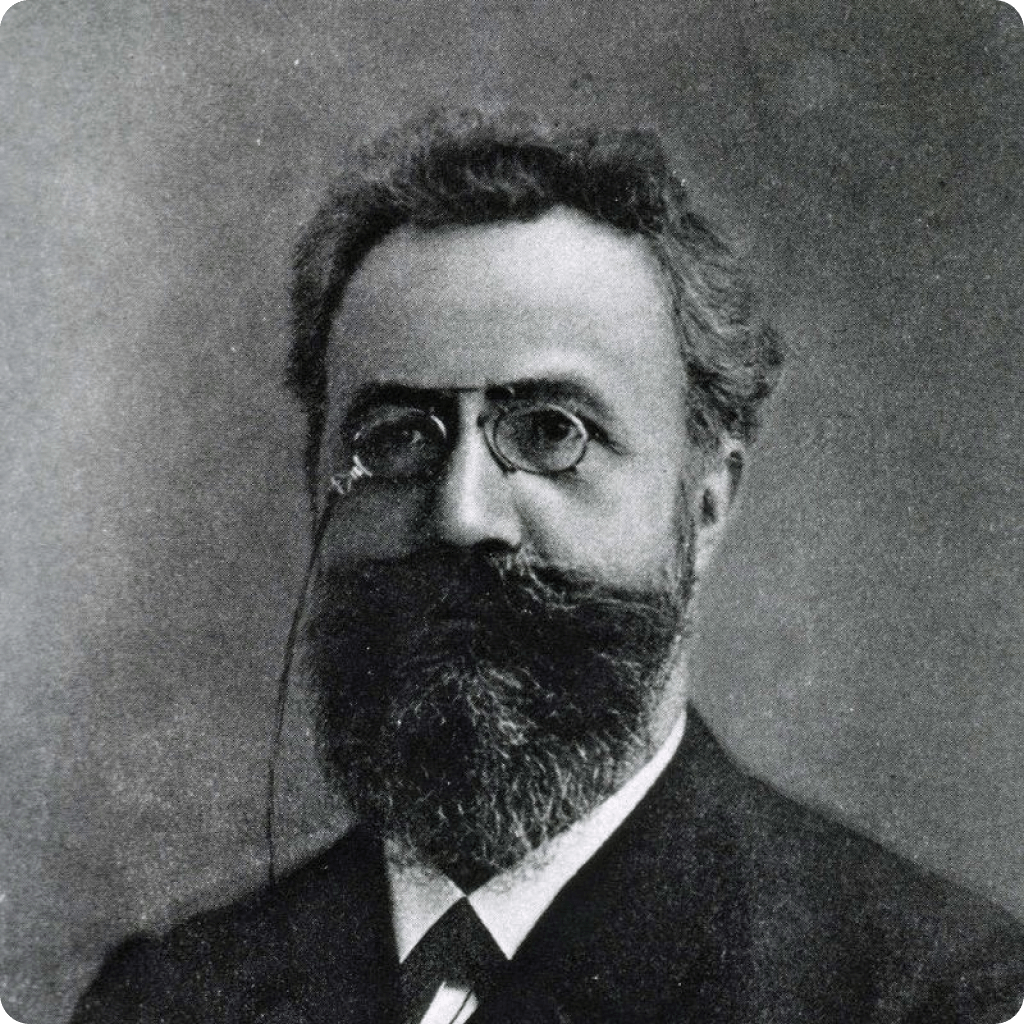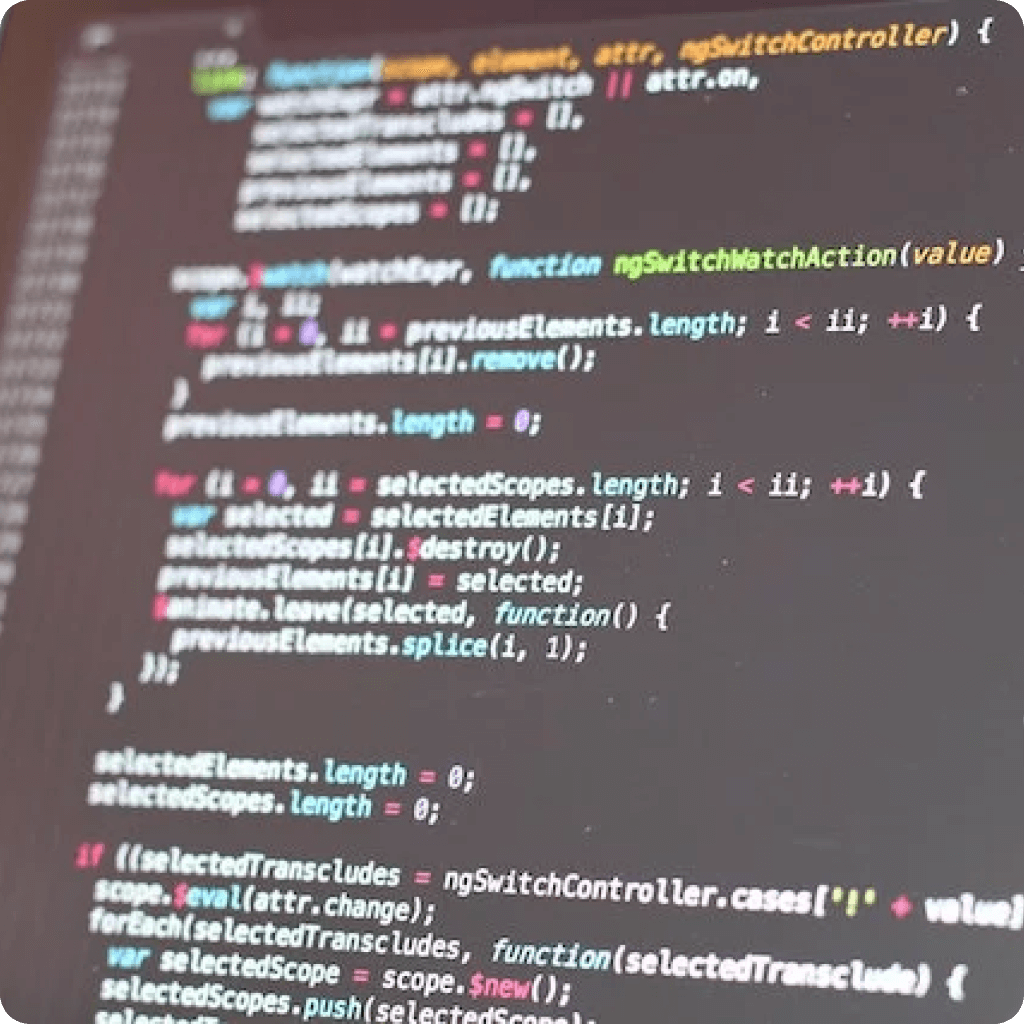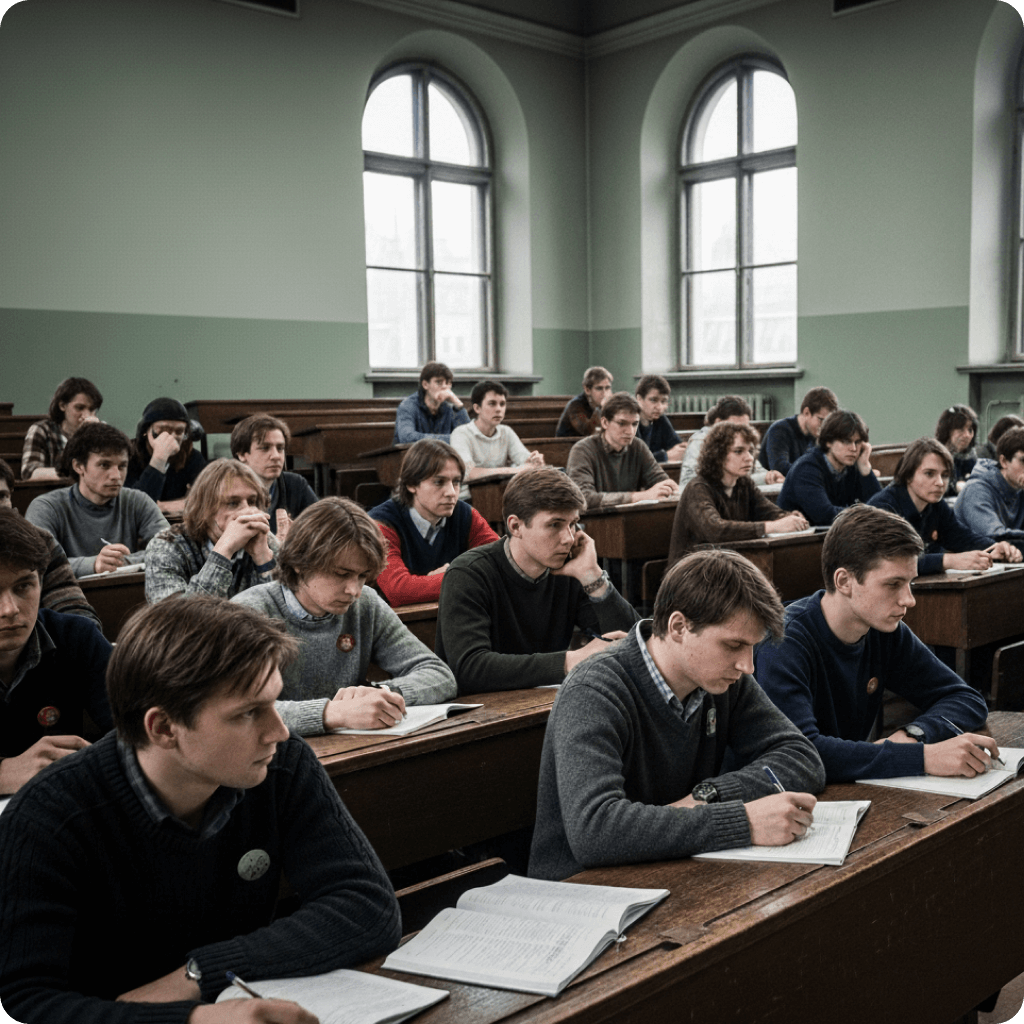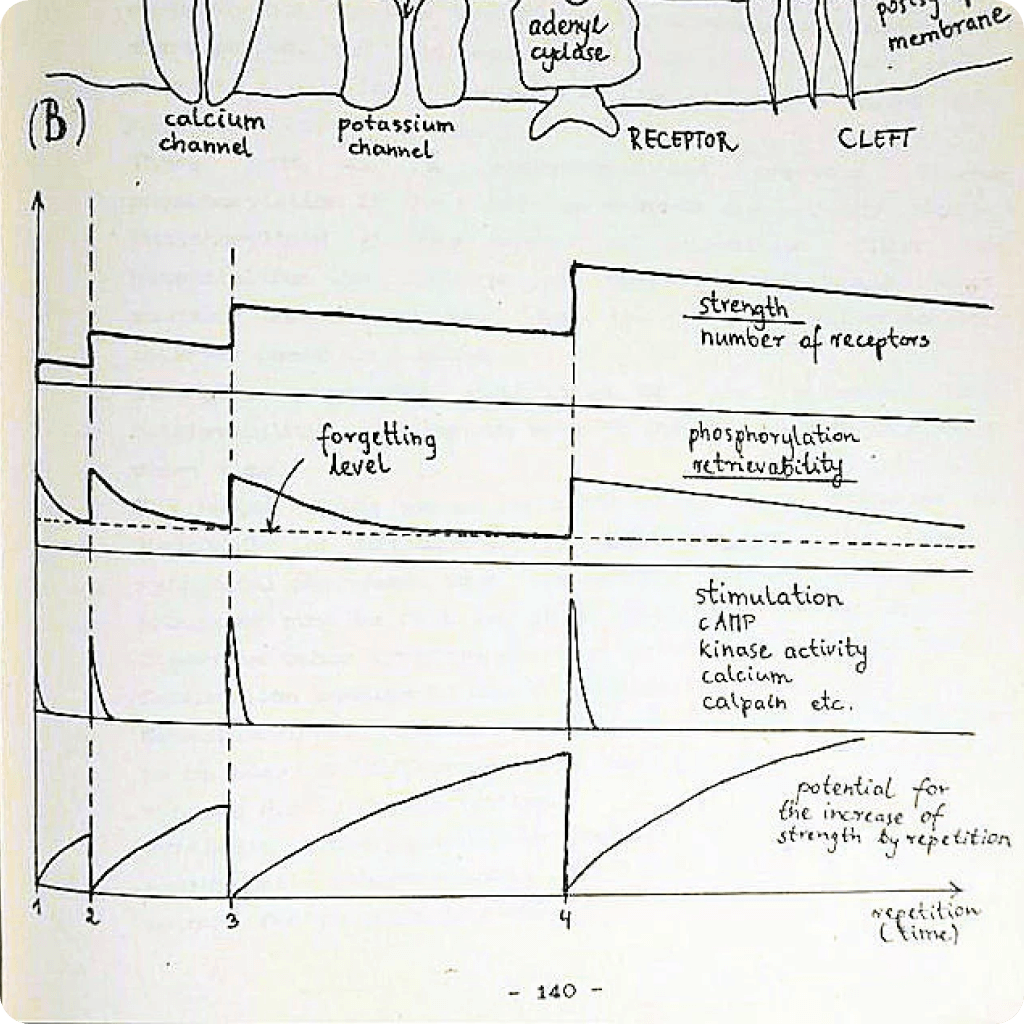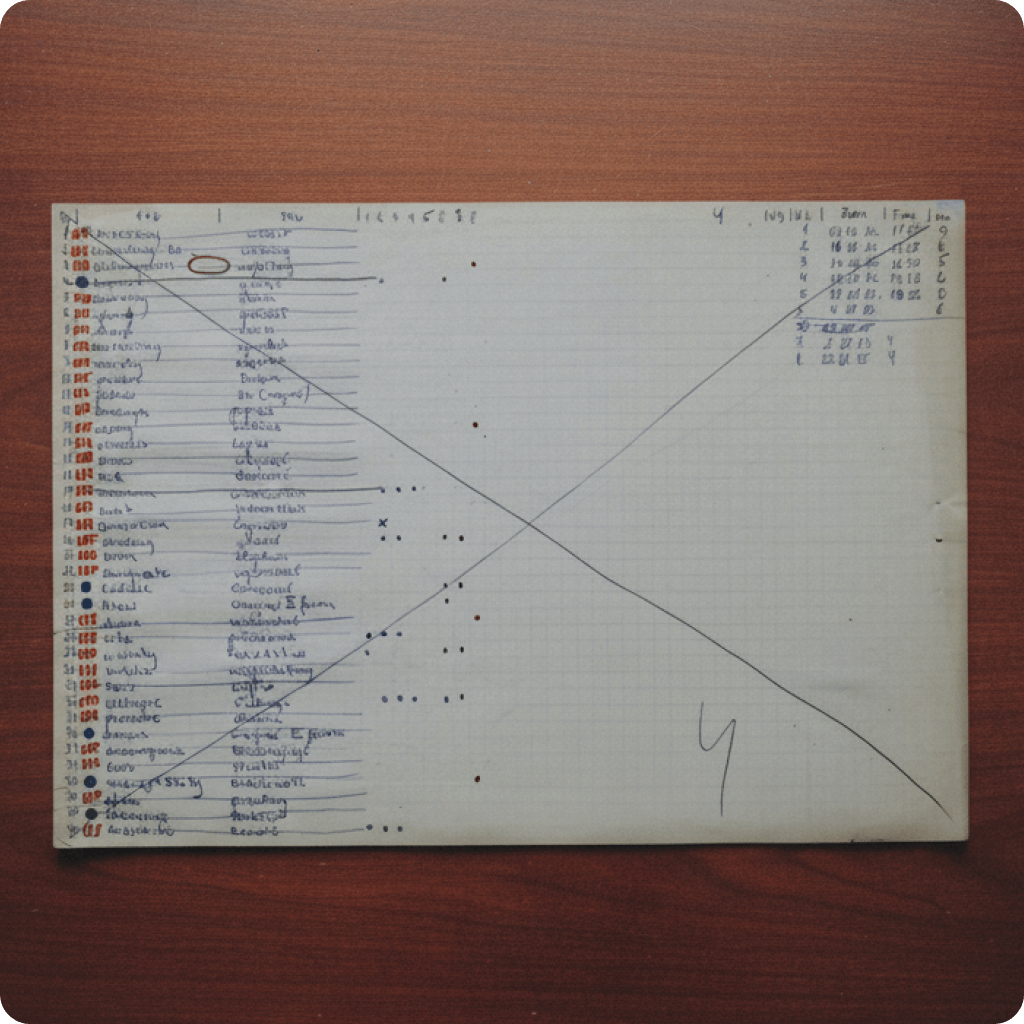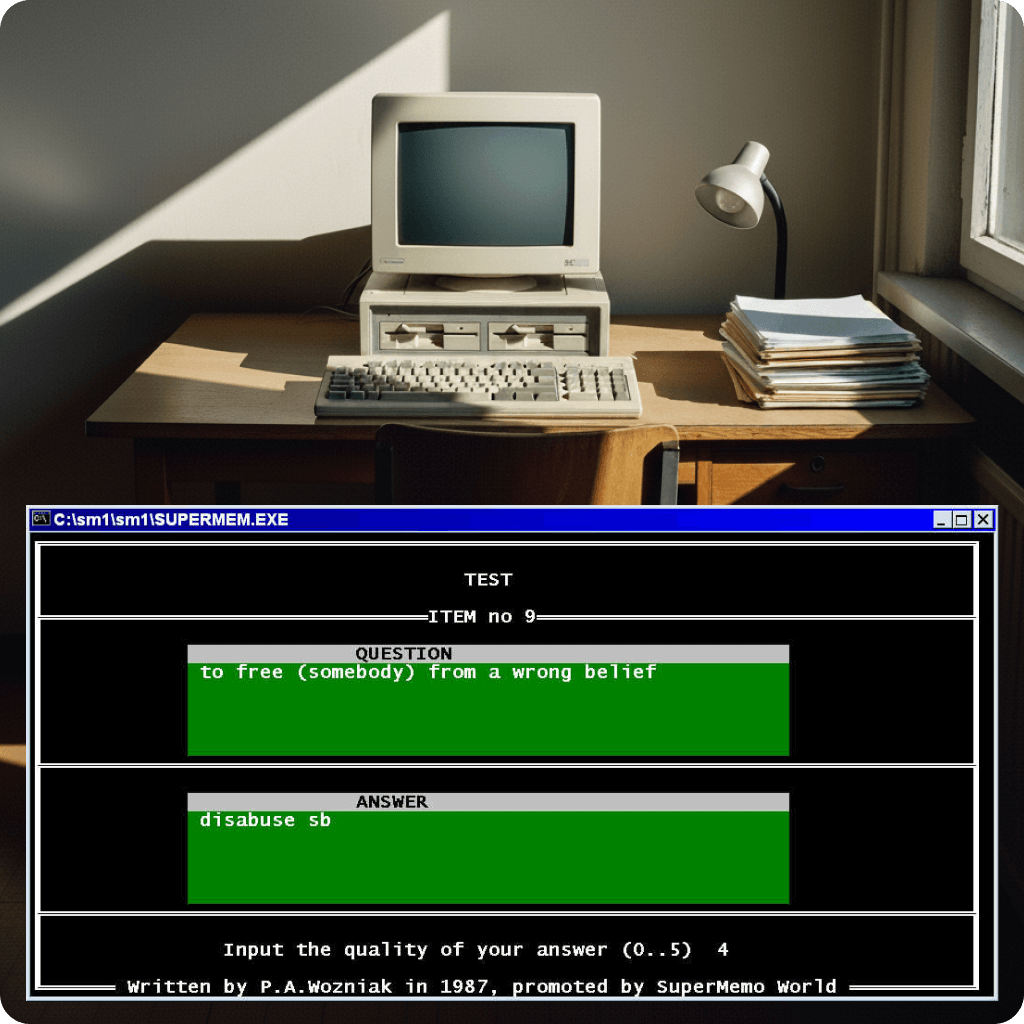The psychologist’s research consisted of memorizing a series of artificial syllables, e.g. KAZ, LEZ, GEC, which did not evoke any associations or emotions. That made them something completely new and more difficult to memorise for the learner. Ebbinghaus measured mainly the time and the number of repetitions needed to remember each series of syllables over time. He then compared the time needed to remember a completely new series of syllables with the time needed to re-learn a series that had already been forgotten. The data presented in his research was used to create the first-ever forgetting curve.
Ebbinghaus’s data, however, was somewhat “out-of-touch”, partly because the memorised information was completely artificial and not useful in everyday life, and, as already mentioned, lacked any logical and emotional connections. And we all know that even if we are just starting to learn, say, a language, in the process we acquire more and more information which, over time, we are able to put into a certain network of connections. We also often use mnemonics. Moreover, the German scientist used only one type of data, arranged in series of the same length. We simply don’t know how his research would work with any other type of information — e.g. English words. Meanwhile, the basis of spaced repetition is the ability to adjust it individually to the learner and type of information. Finally, it is worth mentioning that Ebbinghaus himself did not present his forgetting curve — it was recreated on the basis of the results and numerical data from the experiment. However, this curve has little to do with the charts presented in the press and on the Internet. Those are the achievements of Dr. Piotr Woźniak, the official creator of the SuperMemo method.
